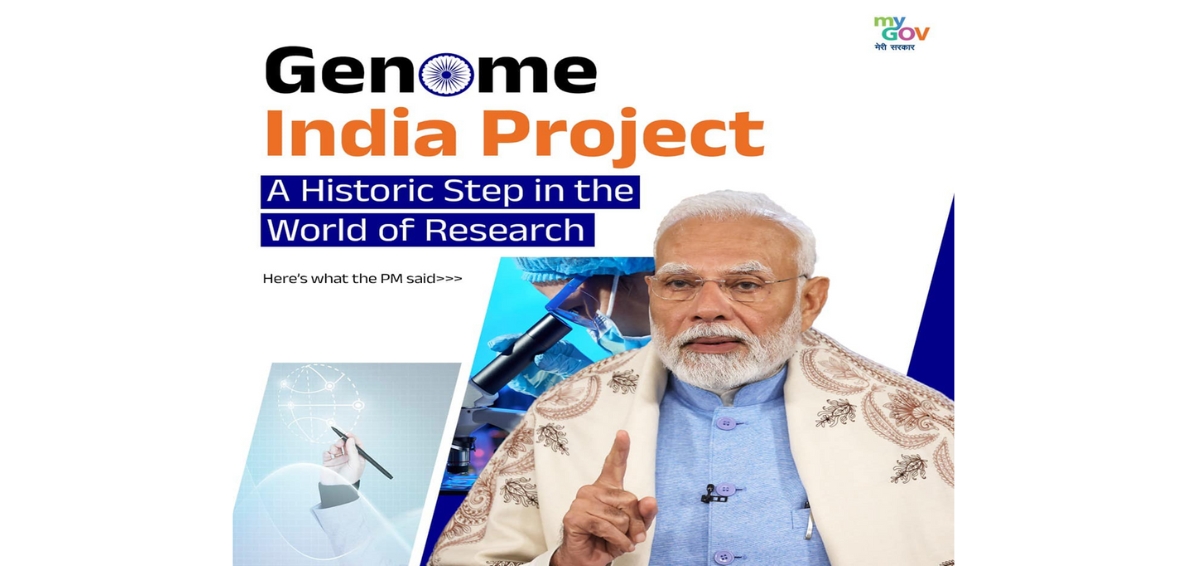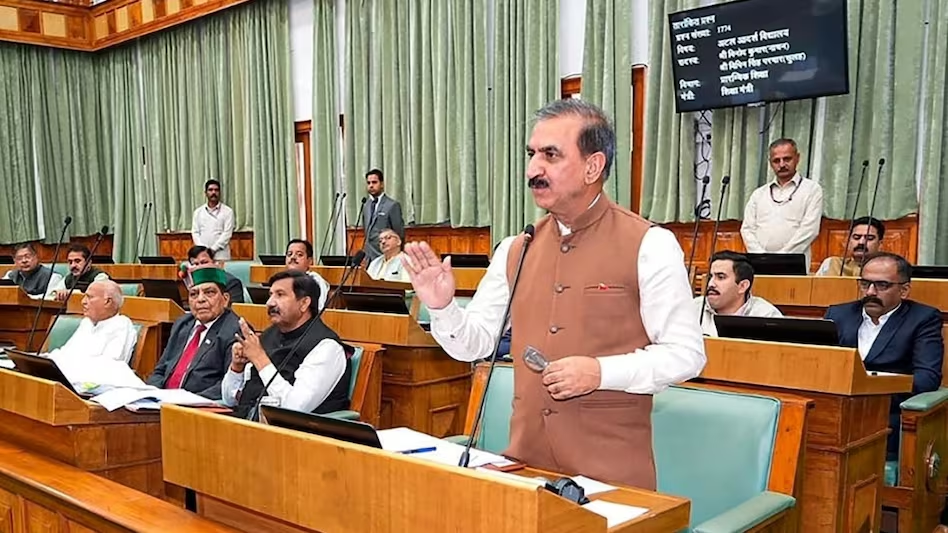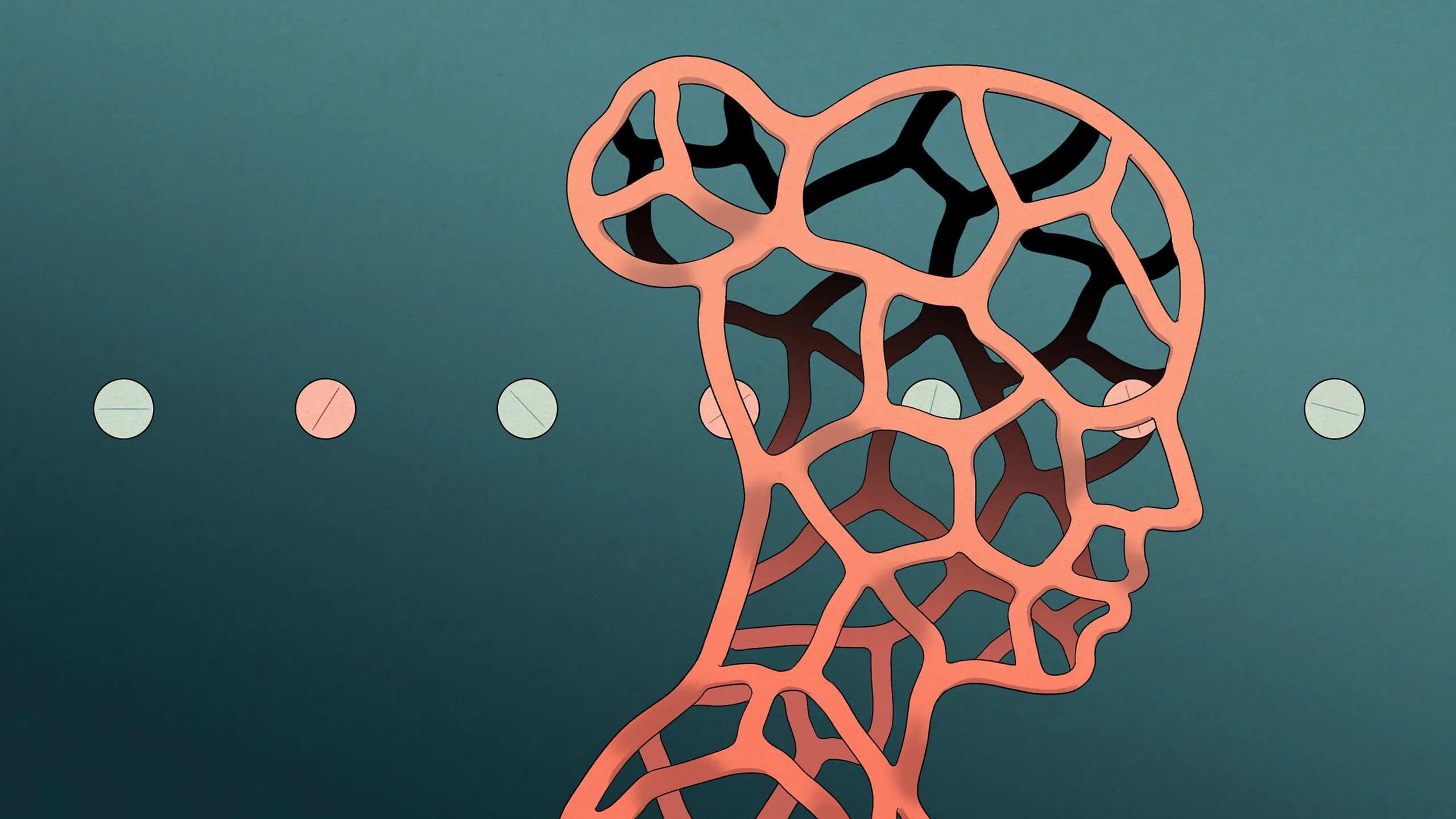- Courses
- GS Full Course 1 Year
- GS Full Course 2 Year
- GS Full Course 3 Year
- GS Full Course Till Selection
- Answer Alpha: Mains 2025 Mentorship
- MEP (Mains Enrichment Programme) Data, Facts
- Essay Target – 150+ Marks
- Online Program
- GS Recorded Course
- Polity
- Geography
- Economy
- Ancient, Medieval and Art & Culture AMAC
- Modern India, Post Independence & World History
- Environment
- Governance
- Science & Technology
- International Relations and Internal Security
- Disaster Management
- Ethics
- NCERT Current Affairs
- Indian Society and Social Issue
- NCERT- Science and Technology
- NCERT - Geography
- NCERT - Ancient History
- NCERT- World History
- NCERT Modern History
- CSAT
- 5 LAYERED ARJUNA Mentorship
- Public Administration Optional
- ABOUT US
- OUR TOPPERS
- TEST SERIES
- FREE STUDY MATERIAL
- VIDEOS
- CONTACT US
10000 human genomes database launched
10000 human genomes database launched
10-01-2025

- On January 9, 2025, Prime Minister Narendra Modi launched the Genome India Project, a groundbreaking initiative aimed at advancing India’s biotechnology and genomic research.
- This initiative marks a historic step for India’s scientific community, opening new avenues for healthcare and disease research, especially for conditions unique to the Indian population.
What is Genome?
|
Introduction to the Genome India Project:
-
Historic Step in Biotechnology:
- PM Modi described the Genome India Project as an important move for India in the field of biotechnology and genetic research.
- He said that the project has been under development for five years and was completed despite the challenges posed by the COVID-19 pandemic.
-
Key Institutions Involved:
- The project is a collaboration between over 20 leading Indian research institutions:
- Indian Institute of Science (IISc)
- Indian Institutes of Technology (IITs)
- Council of Scientific & Industrial Research (CSIR)
- Department of Biotechnology (DBT) and Biotechnology Research Innovation Centre (BRIC)
- The project is a collaboration between over 20 leading Indian research institutions:
-
Genome Sequencing:
- As a result of this collaboration, 10,000 genomes of Indian citizens have been sequenced, and this data is now available at the Indian Biological Data Center (IBDC) for researchers worldwide to access.
What is Genome sequencing?
|
Key points of the Genome India Database:
- The Genome India Database currently includes genomic data from 10,000 individuals representing 83 different population groups across India.
- These 83 groups account for approximately 2% of the total 4,600 population groups found across the country, providing a broad spectrum of India’s genetic diversity.
- The genomic data is stored at the Indian Biological Data Centre (IBDC) located in Faridabad, Haryana.
- The database is open for global research collaboration, allowing researchers worldwide to access and study India’s genetic diversity.
Scientific Findings and Insights:
-
Genetic Variants:
- The initial sequencing has led to the identification of about 27 million rare genetic variants, known as low-frequency variants, in the dataset.
- Of these, 7 million variants are unique to India, meaning they do not appear in any existing global genetic databases.
- This makes the Genome India Project an invaluable resource for understanding India-specific genetic traits.
-
Allele Variations:
- The project also revealed that some population groups in India exhibit higher frequencies of specific alleles (different versions of the same gene), offering insights into how certain genetic diseases manifest differently in various communities across India.
Purpose and Applications of the Genome India Database:
- One of the central objectives of the Genome India Project is to help researchers study diseases that are prevalent in India or that present unique challenges within Indian populations.
- This includes diseases that may be rare globally but are common within certain regions or communities in India.
- The data will also support the development of precision medicine, which customizes healthcare treatments based on an individual’s genetic makeup.
- This is especially important for developing more effective, targeted therapies for diseases that affect the Indian population.
- The genome data is open to researchers worldwide. By allowing global collaboration, the project fosters international studies on disease prevention, drug development, and genetic research, benefiting global health initiatives.
Access and Privacy Protocols:
-
Proposal-Based Access:
- To access the data, researchers must submit a research proposal, which will be reviewed by an independent ethics committee.
- This ensures that the research follows ethical standards and respects privacy protocols.
-
Data Anonymity:
- To protect the privacy of individuals, the data is anonymized.
- For example, caste and tribal identifiers will not be included, ensuring that the genetic information can be studied without revealing personal or sensitive identity details.
Genome India Project’s Contribution to the Biotechnology Revolution:
-
Milestone in India’s Biotechnology Revolution:
- PM Modi hailed the Genome India Project as an essential milestone in India’s biotechnology revolution.
- By sequencing genomes from diverse populations across the country, the project creates a vast genetic resource that will help understand India’s genetic landscape and assist in forming health policies and interventions based on genetic insights.
-
Supporting Healthcare Policy and Planning:
- The insights derived from the genome data can support health policy formulation and healthcare planning by understanding genetic predispositions to diseases and the specific health needs of different Indian communities.
-
Regional Disease Variations:
- Certain diseases manifest differently in various parts of India due to regional genetic variations. For instance, sickle cell anemia is prevalent in many tribal communities. The Genome India Project can help researchers understand how such diseases affect different genetic groups and develop targeted treatments for these populations.
Future Potential and Expansion:
- Currently, the Genome India Database includes 10,000 genomes. However, experts anticipate that the database could be expanded to 1 million genomes in the future. This expansion would provide a deeper, more comprehensive understanding of India’s genetic diversity.
-
Challenges in Expansion:
- Cost is one of the main challenges in expanding the database. Sequencing large numbers of genomes and maintaining the database requires substantial financial resources, which could slow the project’s growth.
Global Context of Genomic Research:
-
Genomic Projects in Other Countries:
- Countries such as the UK, China, and the USA have already developed their national genomic databases for studying disease risks, drug responses, and family relationships.
- India’s Genome India Project focuses on genetic diversity specific to the Indian population, which is crucial because diseases in India often have different genetic causes and effects compared to other parts of the world.
-
India’s Unique Position:
- The Genome India Project stands out due to its focus on India’s vast genetic diversity.
- Understanding the specific genetic patterns in Indian populations will help address India’s unique health challenges, as the genetic causes and impacts of diseases may differ from those in other countries.
Conclusion:
The Genome India Project is a game-changer for genetic research. It offers unparalleled insights into India’s unique genetic makeup, which will aid researchers in understanding the genetic causes of diseases that are prevalent in India and in developing targeted therapies for these diseases.

|
Also Read |
|
UPSC Foundation Course |
|
| CSAT Foundation Course | |



